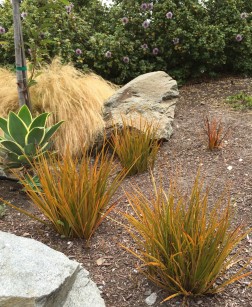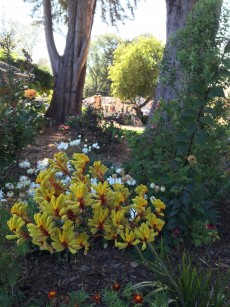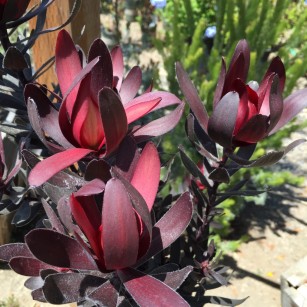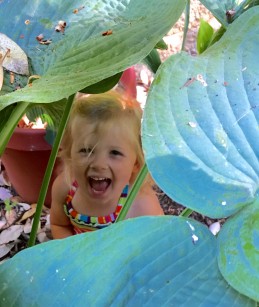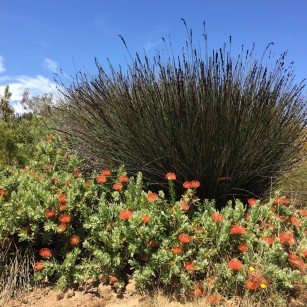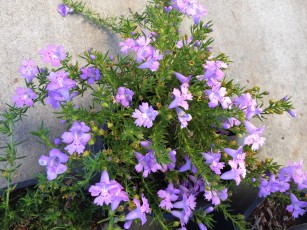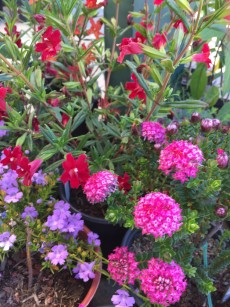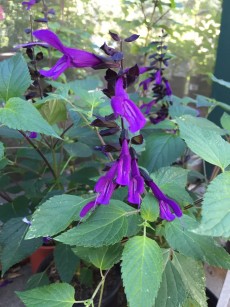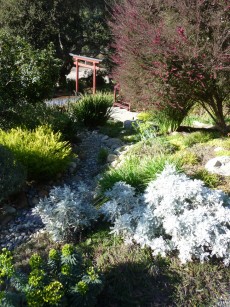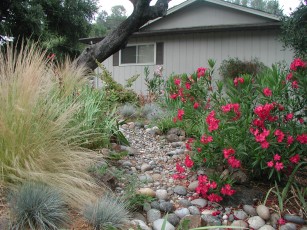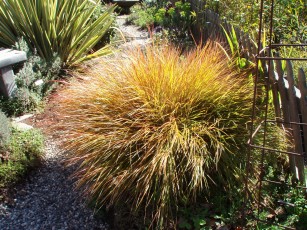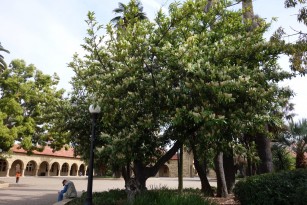Little did I know when I walked into The Press Banner office and offered my services as a gardening columnist back in October of 2005 that I?d still be writing for the paper almost 10 years later. Time flies when you?re having a good time.
Since I wrote my first column about the benefits of fall planting we have had some really wet winters and some very dry ones. A couple of winters challenged our gardens with deep freezing nights while early or late frosts challenged our enthusiasm. It?s all a part of growing plants and designing gardens and I hope I have helped you by providing helpful tips over the years.
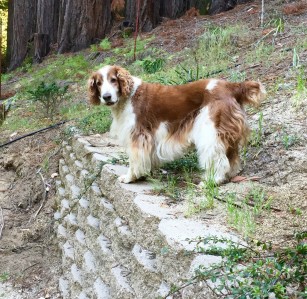
Everybody likes a good chuckle and we gardeners need more than most. Gardeners love to swap stories. So go ahead and laugh at my attempt to be Martha Stewart in my own garden. When the following incident was unfolding I was a bit frustrated. Time has softened the edges.
I moved up to Bonny Doon last year. The existing garden has some beautiful old rock walls created from many kinds of fieldstone and covered with moss. Another section has a new concrete block retaining wall lacking any character. So last fall I scraped off some moss from the old wall and mixed it with buttermilk hoping to spruce up the plain one when the moss took hold.
With bucket and 4 inch paintbrush in hand I tackled the wall slapping on the moss slurry with abandon just before the winter rains started. I had almost completed my project and looked back to admire my work imagining how beautiful the wall would look covered with dark green moss.
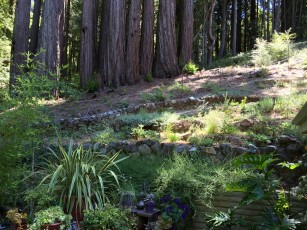
What I didn?t count on was Sherman, the Welsh springer spaniel. He had been following me licking off most of the buttermilk. I added hot sauce to the remainder of the slurry but that barely slowed him down. Between Sherman and all that rain we got last December most of it washed off anyway and there is only a smattering of moss here and there on the new wall but it?s a start. Hope springs eternal for a gardener.
I learn so much from other gardeners. Usually I?m invited into their garden and I have passed on many of those great ideas. But don?t be surprised if I walk up to your garden one day on a whim like I did to my sister?s neighbors, Bob and Bev when I saw them picking raspberries and strawberries early one morning. I introduce myself and ask for a garden tour. Being gracious they agreed but asked if they could have their breakfast first! Later I got to sample many a berry, watch the goldfinches flitting about and hear how their vegetable garden had evolved.
I always make the most of any excursion. You don?t have to go to an island off Honduras where gardeners protect their plants from nocturnal blue crabs by planting in washing machine baskets to find interesting solutions to gardening challenges.
From Doc Hencke?s wonderful arboretum-like landscape I learned about trees, from Robby, the serial mole killer, I learned about smart irrigation and from the collections of Ron, Marc, Pete and Ed of Santa Cruz Bonsai Kai club I discovered the world of bonsai.
The Maloney’s of Scotts Valley shared rose growing tips. Al Hiley up in Felton is a wealth of local history knowledge and Vickie Birdsall of Montevalle Park in Scotts Valley knows how to replace water thirsty lawns with low water use plants. Cactus expert, Professor Loik of Felton got me up to date on why and how to grow this interesting plant in our times of drought. And this is just the tip of the iceberg of knowledge I?ve gained including visits to our own UCSC Arboretum, Casa Dos Rios in Gilroy, Stanford campus, Napa, Carmel and a dogwood nursery in Corralitos.
So keep those emails coming. I?m happy to offer helpful solutions or at least a shoulder to cry on. If you have an idea for a column let me know. And if you want someone to appreciate your gardening efforts as much as you do invite me over. I?m available. Happy Gardening.


